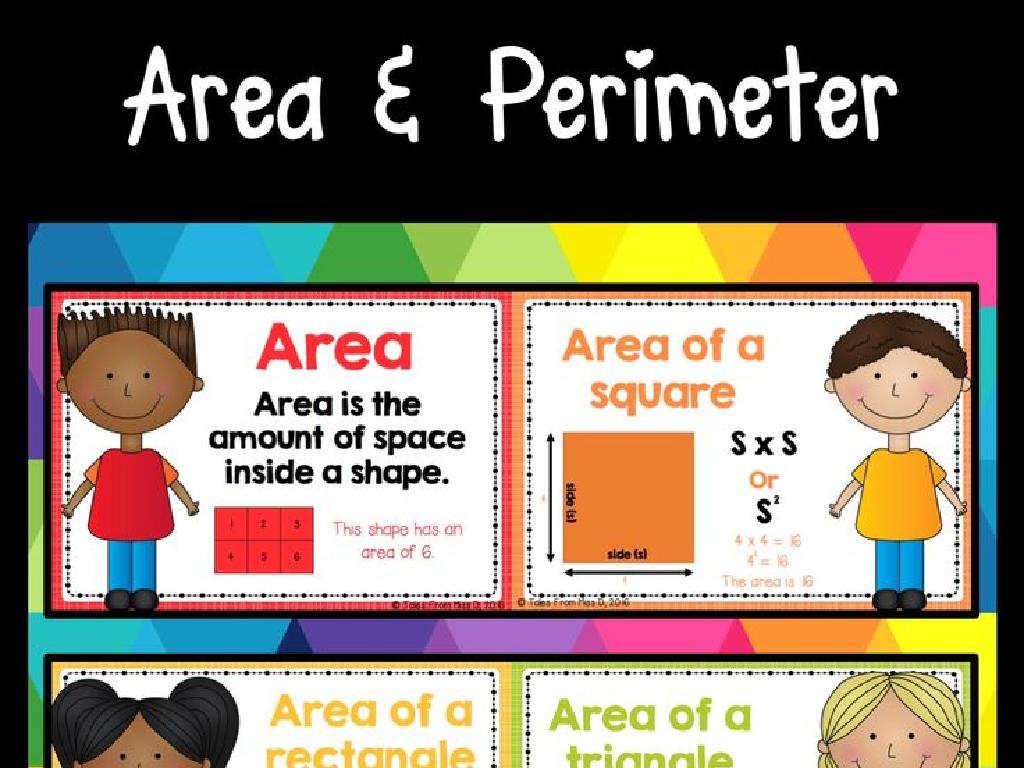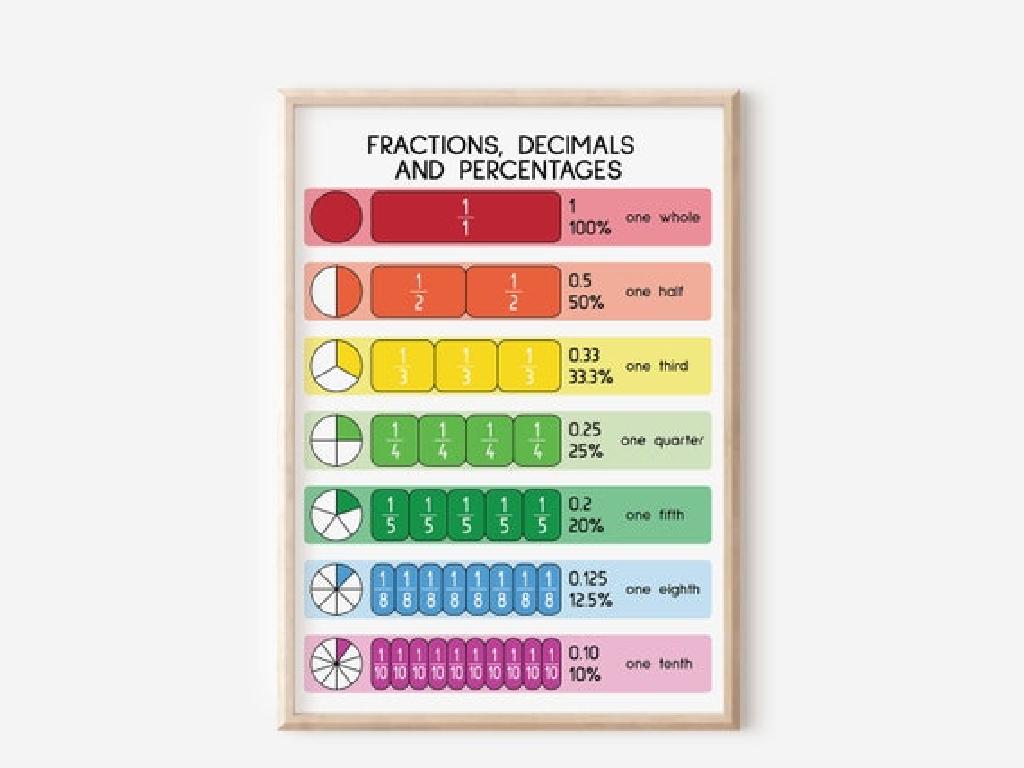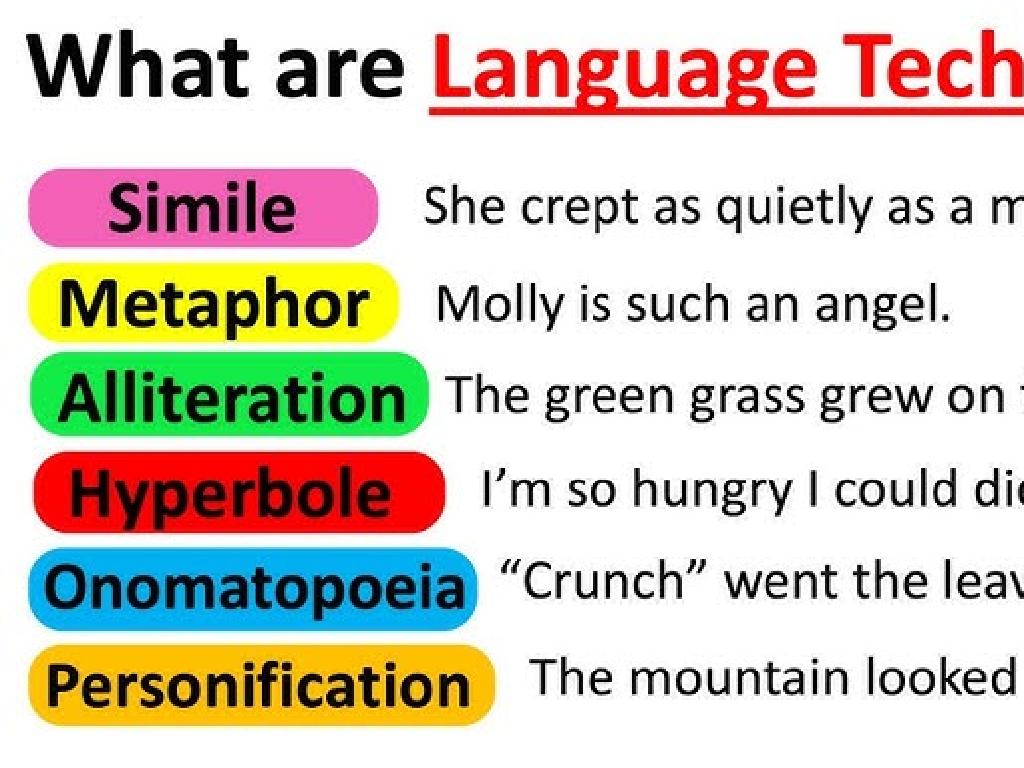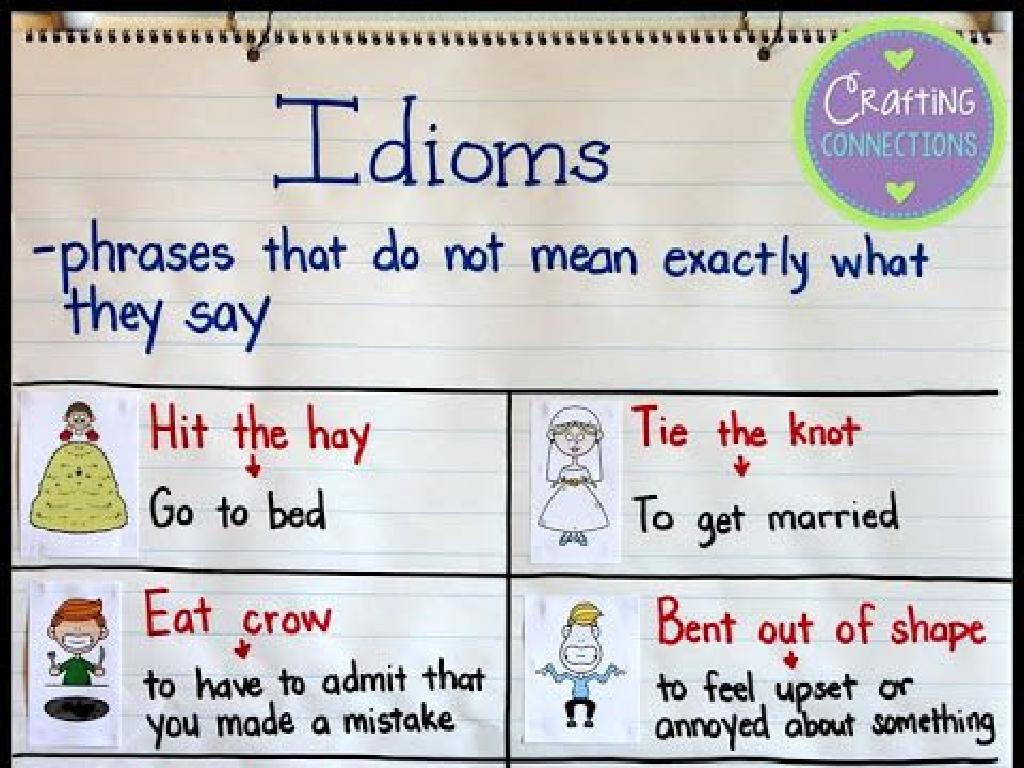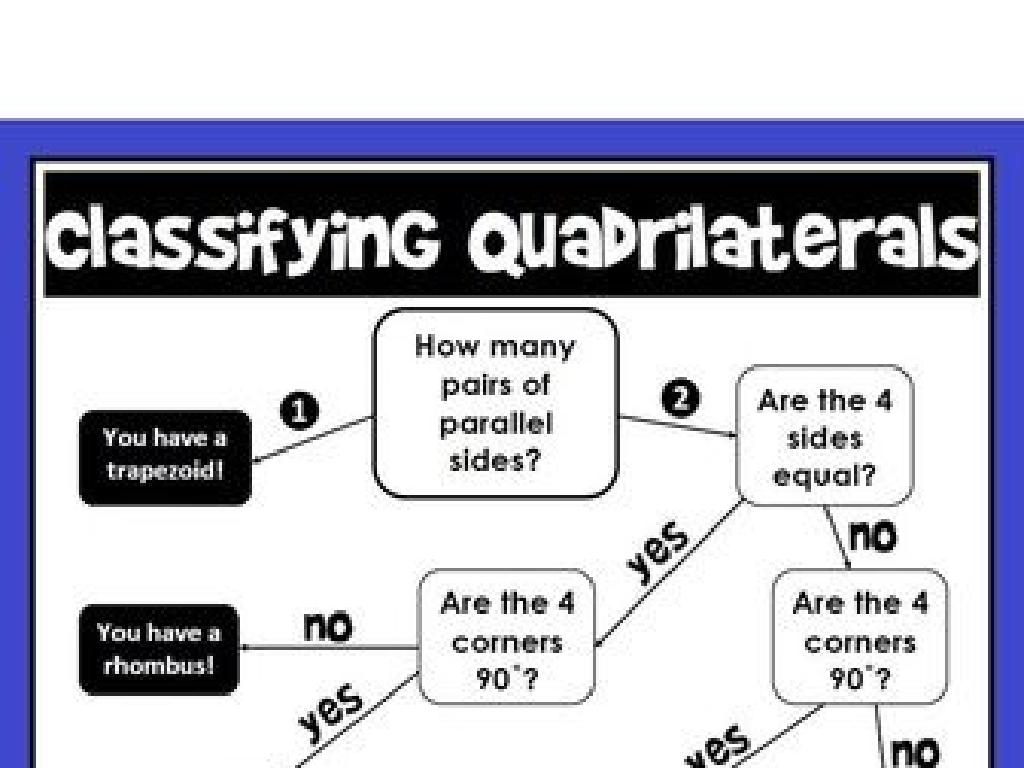Is It A Complete Sentence Or A Fragment?
Subject: Language arts
Grade: Fifth grade
Topic: Sentences, Fragments, And Run-Ons
Please LOG IN to download the presentation. Access is available to registered users only.
View More Content
Complete Sentences vs. Fragments
– What defines a complete sentence?
– Subject + verb + complete thought = Sentence
– Sentence vs. fragment
– Fragments lack a subject, verb, or complete thought
– Today’s goal: Spot the difference
– Practice identifying sentences and fragments
– We’ll do exercises to recognize complete sentences
|
This slide introduces the concept of complete sentences versus fragments. A complete sentence must have a subject, a verb, and express a complete thought. In contrast, a fragment is missing one or more of these elements and does not stand alone as a full idea. The objective for today’s lesson is for students to be able to identify whether a group of words is a complete sentence or a fragment. To achieve this, we will engage in various activities where students will practice this skill. Encourage students to explain why a sentence is complete or why a fragment is not, reinforcing their understanding of sentence structure.
Complete Sentences vs. Fragments
– A complete sentence structure
– Has both a subject (‘the cat’) and a predicate (‘sleeps on the mat’).
– Must express a full thought
– It’s not just a part of an idea, but the whole idea in itself.
– Example: ‘The cat sleeps on the mat.’
– This sentence has a subject, a verb, and provides a clear idea.
|
This slide introduces the concept of a complete sentence to the students. Emphasize that a complete sentence must have both a subject and a predicate; the subject tells us ‘who’ or ‘what’ and the predicate tells us ‘what about’ the subject. It’s important that the sentence also expresses a complete thought, meaning the listener or reader isn’t left waiting for more information. Use the example provided to illustrate a simple complete sentence, and explain how each part contributes to making it complete. Encourage students to come up with their own examples and to identify the subject and predicate in each.
Complete Sentences: Subjects and Predicates
– What is a subject in a sentence?
– The subject is ‘who’ or ‘what’ the sentence is about.
– What is a predicate?
– The predicate explains what the subject does or is like.
– Finding subjects and predicates
– Let’s identify subjects and predicates together.
– Practice with examples
– We’ll look at sentences and determine the parts.
|
This slide introduces the concept of subjects and predicates as essential parts of a complete sentence. The subject of a sentence is the person, place, thing, or idea that is ‘doing’ the action or being talked about. The predicate contains the verb and provides information about what the subject is doing. To ensure students grasp the concept, provide clear examples where the subject and predicate are easily identifiable. Encourage students to practice by finding the subject and predicate in sentences from their favorite books or stories. This foundational knowledge will help them distinguish between complete sentences and fragments in future lessons.
Understanding Sentence Fragments
– Definition of a fragment
– A fragment is an incomplete sentence.
– Identifying missing parts
– It lacks a subject, predicate, or complete thought.
– Example: ‘Because the cat was tired.’
– What’s missing? The action or outcome for the cat.
|
This slide aims to help students identify sentence fragments and understand why they are incomplete. A fragment may be missing a subject (who or what), a predicate (what’s happening), or a complete thought (leaving the reader with questions). Use the example ‘Because the cat was tired.’ to show that it’s a fragment because it doesn’t tell us what happens as a result of the cat being tired. Encourage students to ask themselves if the sentence answers the questions ‘Who?’ and ‘What?’ to determine if it’s complete. Have them practice with similar examples and discuss as a class.
Complete Sentence vs. Fragment
– Comparing sentence examples
– Understanding complete sentences
– A complete sentence has a subject, verb, and expresses a complete thought.
– Identifying sentence fragments
– Fragments lack a subject or verb or don’t express a full idea.
– Partner discussion activity
– Discuss examples with a classmate and decide why one is complete and the other isn’t.
|
This slide is aimed at helping students differentiate between complete sentences and fragments. Start by showing examples of both and let students compare them to see the differences. Explain that a complete sentence must have a subject and a verb and must also express a complete thought. In contrast, a fragment may be missing one of these elements or may not express a complete thought. Encourage students to work with a partner to discuss why an example is a complete sentence or a fragment, fostering peer learning. After the activity, have a few pairs share their discussions with the class to reinforce learning.
Practice Time: Sentence or Fragment?
– Identifying sentences and fragments
– Decide: Complete sentence or fragment?
– Is it a full thought with a subject and verb, or is it incomplete?
– Explain your reasoning
– Share why you think it’s a sentence or a fragment
– Interactive class participation
|
This slide is for an interactive classroom activity where students will practice distinguishing between complete sentences and fragments. Display examples on the board one by one and ask students to decide if each is a complete sentence or a fragment. Encourage them to explain their reasoning, which will help reinforce their understanding of sentence structure. For instance, a complete sentence should have a subject and a predicate and express a complete thought, while a fragment might be missing one of these elements. Possible activities include: 1) Students write their own examples on the board, 2) Pair work to discuss before sharing with the class, 3) Group competition to identify sentences and fragments, 4) Individual worksheets for additional practice.
Is it a Complete Sentence or a Fragment?
– Defining a complete sentence
– A complete sentence has a subject, verb, and expresses a complete thought.
– Understanding fragments
– A fragment lacks some essential components and doesn’t express a full idea.
– Converting fragments to sentences
– Add missing subjects or verbs and ensure the thought is complete.
|
This slide is aimed at reviewing the fundamental differences between complete sentences and fragments. A complete sentence is one that has all the necessary components: a subject, a verb, and a complete thought. In contrast, a fragment is missing one or more of these components and does not stand alone as a complete idea. To help students understand and identify fragments, provide examples of incomplete thoughts and discuss why they are not complete sentences. Then, demonstrate how to turn these fragments into complete sentences by adding the missing elements. Encourage students to practice this skill by identifying fragments in their reading and writing exercises.
Class Activity: Sentence Scavenger Hunt
– Pair up for a magazine hunt
– Find sentences and fragments
– Look for complete thoughts and incomplete snippets
– Create a labeled poster
– Use cut-outs to distinguish between sentences and fragments
– Present and explain your findings
– Share why you think each example is a sentence or a fragment
|
This interactive activity is designed to help students identify the difference between complete sentences and fragments using real-world examples. By working in pairs, students will engage with each other and discuss their reasoning, which reinforces learning. Provide a variety of magazines for students to search through and scissors and glue for the poster creation. Encourage them to look for examples of both complete sentences and fragments, cut them out, and then paste them onto a poster with labels. Once completed, each pair will present their poster to the class and explain why they categorized the examples as they did. This will help students articulate their understanding of sentence structure. As a teacher, prepare to guide them through the activity, offer examples, and clarify any misconceptions.

